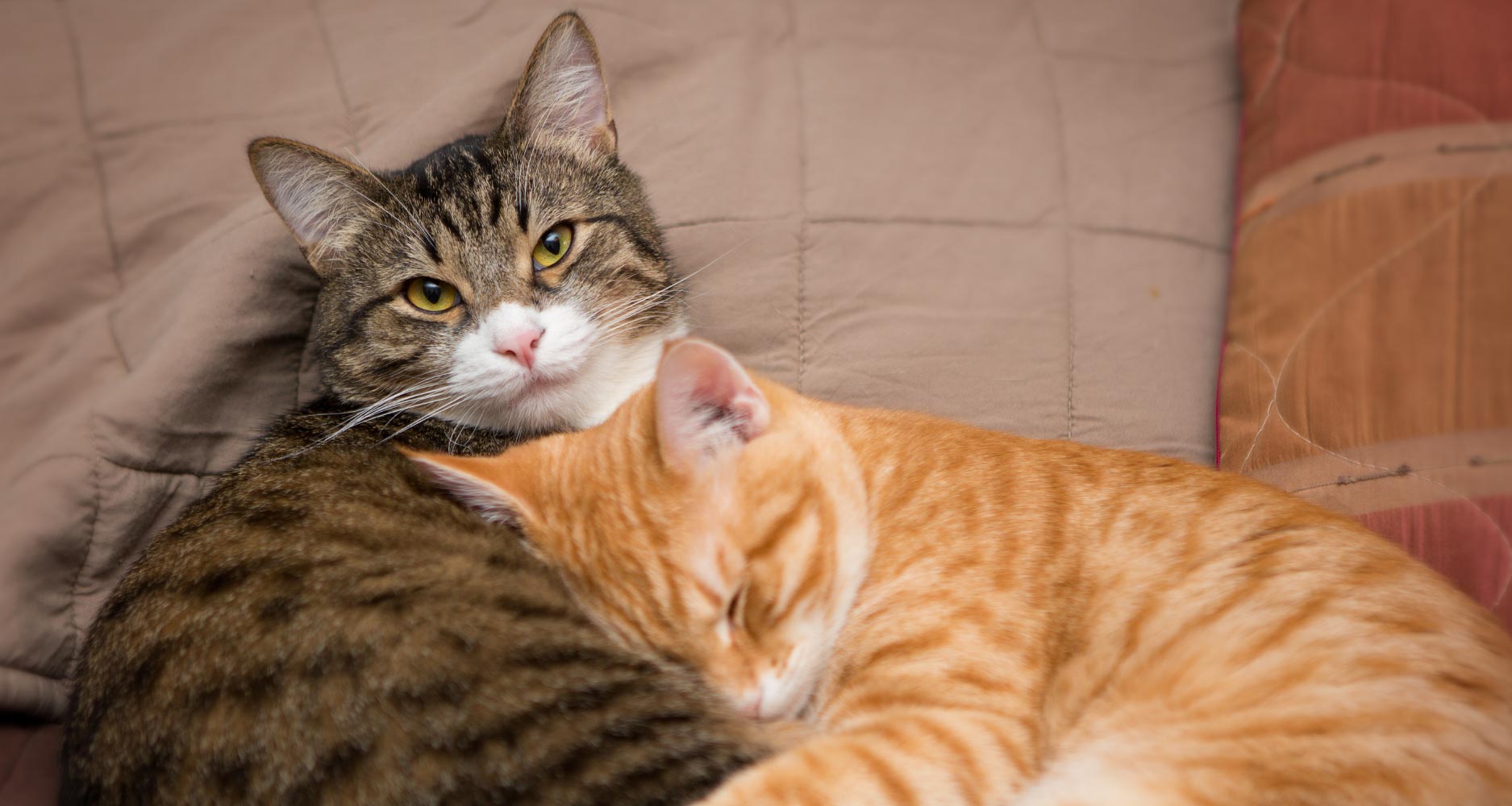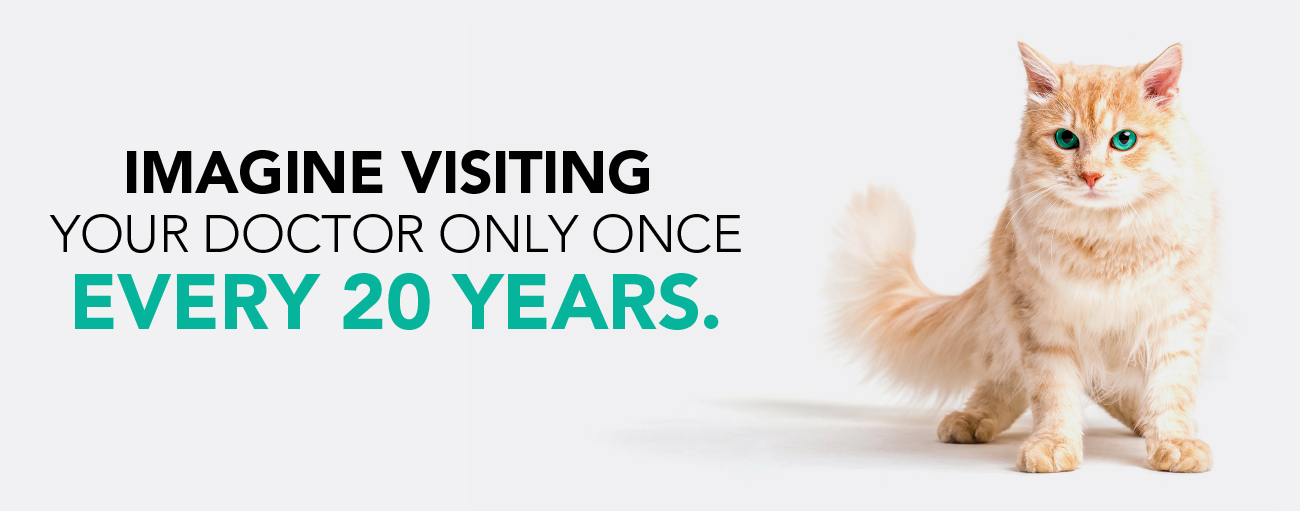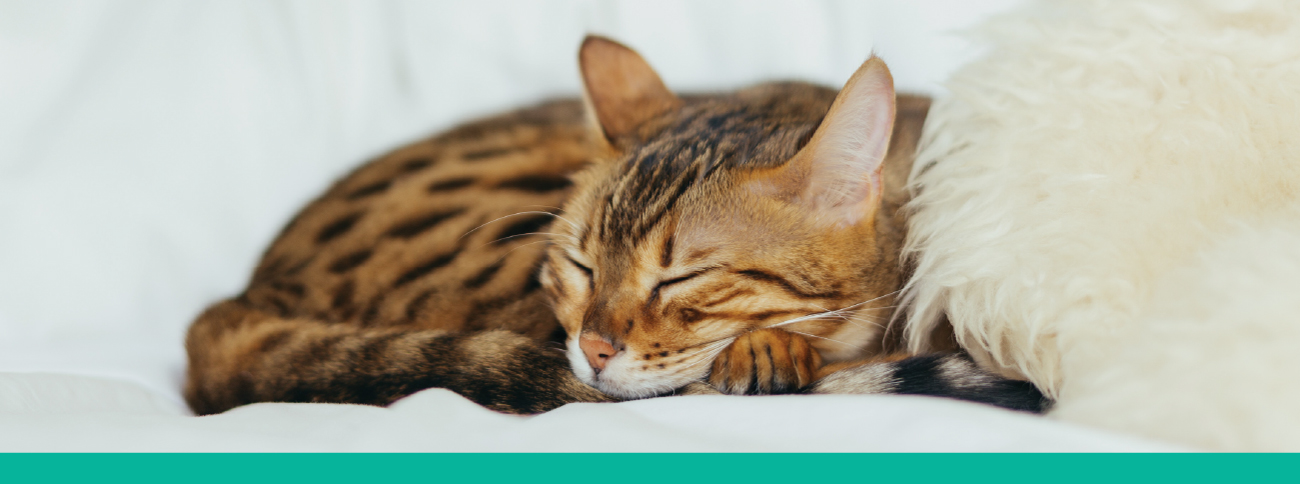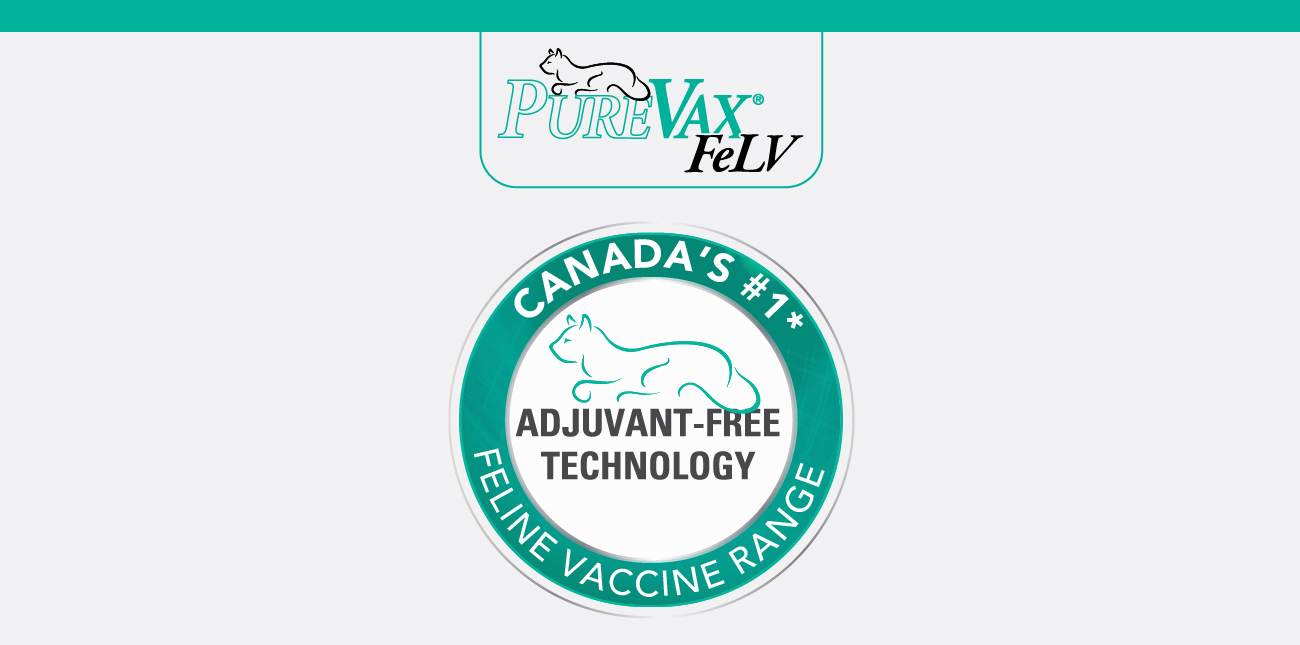TOOLKITS & GUIDES

VOTING BOOTH

TRENDING

LIONS FOUNDATION OF CANADA DOG GUIDES
Lions Foundation of Canada Dog Guides and its founding program, Canine Vision Canada, was established in 1983. It’s the largest school of its kind in Canada with its training school in Oakville and breeding facility in Breslau.
Feline OWner Brochure

CATS CAN HIDE PAIN AND ILLNESS AS A PROTECTIVE MECHANISM.
All the more reason to take your cat to the veterinarian for regular healthcare checkups.
IF CATS ARE SUCH CHERISHED PETS, WHY DON’T PET OWNERS TAKE THEM TO VISIT THE VETERINARIAN MORE OFTEN?
The cat has become the most popular pet in Canada, and its popularity continues to grow, with more than 8.5 million felines taking on the role as fun, friendly companions to individuals and families.1 However, despite being such a cherished and valued member of a household, the average cat does not have the privilege of receiving the same healthcare treatment as most dogs do.

IMAGINE HOW YOU’D FEEL?
On average, only one out of every two cats benefits from an annual visit to the veterinarian.1 Every year a cat does not see a veterinarian, it’s like a person going seven years without seeing a doctor.2 Three years without a wellness check is comparable to people going more than 20 years without seeing a doctor.

TIPS ON HOW TO TRANSPORT YOUR CAT TO THE VETERINARY CLINIC CALMLY AND COMFORTABLY.6
- Look for a carrier with proper ventilation, made of sturdy plastic, with a front door and, ideally, with a top that can be lifted off.
- Place the open carrier in an undisturbed area where your cat likes to spend time. With time, your cat will get used to it.
- Place a piece of clothing with your scent in the carrier. Include soft bedding, their favourite treats, or familiar toys in the carrier.
- Gently rub a cloth around your cat’s face. With the scented cloth, rub it on your cat’s carrier to make it smell like home.
- To reduce motion sickness, avoid feeding your cat a few hours before the trip.
- After you’ve placed your cat in the carrier, place a towel over the carrier. This should help calm your cat.
- In the car, drive smoothly, reduce the noise (music, honking, etc). Instead, talk to your cat, as your voice can be reassuring. A cat’s sense of hearing is 4 times sharper than ours. 4
- While in the clinic waiting room, keep the towel on the carrier and sit as far away as possible from dogs.
- After returning home (if other cats are around), take a cloth and rub the other cats. Then rub the returning cat with the same cloth – this can reduce conflicts.
- Don’t worry if your cat seems unhappy after their visit to the clinic. The minor stress experienced is not harmful to your cat‘s health or to your relationship with them.
Remember, regular visits to veterinary clinics have been proven to extend the life and well-being of our feline friends. You’ll feel better, and so will your fun, affectionate, loving cat.

MOST COMMON REASONS CATS DON’T VISIT THE VETERINARIAN:
1. “I had my cat vaccinated as a kitten, so it’s protected for life.”
Once is not enough. While kitten vaccines offer great initial protection, the effects begin to wear off with time. Without additional boosters, a cat’s immune system may not be strong enough to ward off certain infectious diseases.
As per the AAFP† Feline Advisory Panel, it is recommended that owners take their older cats – those that are still healthy and those with long-standing but stable disease conditions – to receive ongoing routine vaccines.3
Your veterinarian can recommend vaccines that suit your cat’s lifestyle and the prevailing incidence of disease in your neighbourhood.
2. “My cat never looks sick.”
Taking a cue from their wild ancestors, cats are masters at disguising pain and illness as a protective mechanism. As a result, many owners fail to recognize the telltale signs. Here are some common symptoms to look for:4

3. “My cat can take care of itself.”
Because of a cat’s reputation for independence, people mistakenly believe that their feline friends can look after themselves. That’s not the case; cats need attention and healthcare from their owners and their veterinarian.2,4
4. “My cat is older, it doesn’t need to be vaccinated or examined every year.’’
In their senior years, a cat’s immune system may not be as capable of overcoming infectious diseases, so it’s more important to make regular visits. The AAFP† and AAHA** recommend a minimum of one wellness exam per year and even more frequently for senior or geriatric cats, if warranted by their medical condition.2 These exams can help detect several chronic ailments particular to senior cats.
5. “My cat is indoors,why get it vaccinated?”
Indoor cats are often able to sneak out. In one study, 41% of lost cats were considered by their owners to be indoor-only. And, according to the American Humane Society, only 2% of lost cats ever find their way back from shelters, often because they lack tag or microchip identification.2 Once outside, they can quickly pick up diseases from their neighbourhood.
With rabies vaccination, your cat will receive an identification tag which allows you to go online and register your pet (visit: www.getmehome.ca).
6. “Veterinary visits and vaccines are expensive.”
Preventive feline healthcare will improve the quality of life for your cat, and that peace-of-mind is priceless. Plus, you’ll save on expensive veterinary costs through on-going wellness checks that will detect potential serious problems in the early stages.
7. “My cat hates going to the veterinarian.”
In a recent study, more than half of all cat owners reported they avoid veterinary visits for their cat because of the stress involved with travel to and from the clinic, and the visit itself. Not to worry, on the back page of this brochure, we’ve provided comforting ways to transport your cat to the veterinary clinic and back home again.
“Fortunately, clinics love cats too and they will strive to make your travel and visit with your cat as enjoyable and stress-free as possible.”
† American Association of Feline Practitioners
* Impact Vet YTD December 2020, includes the whole range of PureVax Vaccines
**American Animal Hospital Association
1. Canadian Animal Health Association. (2010). 2007-2010 CAHI estimate of the Canadian dog and cat population [PowerPoint Slides].
2. Brown, M. et al. (2010). AAFP– AAHA: Feline life stage guidelines. Journal of the American Animal Hospital Association, 46(1), 70-85.
3. Richards, J. R. et al. (2006). The 2006 American Association of Feline Practitioners Feline Vaccine Advisory Panel Report. Journal of the American Veterinary Medical Association, 229(9), 1405-41.
4. Little, S. (2012).The cat: Clinical medicine and management. (1st ed. pp. 2-25). St. Louis: W.B. Saunders Company.
5. American Association of Feline Practitioners. (2011). 2011 Feline Friendly Handling.
6. American Association of Feline Practitioners. (2010). Transportation of cats.
Related Article
Keeping Your Cat Healthy Read Now










